US PMI Manufacturing dropped from 52.0 to 49.9 in October, a 28-month low. PMI Services dropped from 49.3 to 46.6, a 2-month low. PMI Composite dropped from 49.5 to 47.3, a 2-month low.
Chris Williamson, Chief Business Economist at S&P Global Market Intelligence said:
“The US economic downturn gathered significant momentum in October, while confidence in the outlook also deteriorated sharply. The decline was led by a downward lurch in services activity, fuelled by the rising cost of living and tightening financial conditions. While output in manufacturing remains more resilient for now, October saw a steep drop in demand for goods, meaning current output is only being maintained by firms eating into backlogs of previously placed orders. Clearly this is unsustainable absent of a revival in demand, and it’s no surprise to see firms cutting back sharply on their input buying to prepare for lower output in coming months.
“One upside of this drop in input buying has been a further alleviation of supply constraints, which alongside the stronger dollar have helped cool price pressures in the manufacturing sector.
“Although price pressures picked up slightly in the service sector due to high food, energy and staff costs, as well as rising borrowing costs, increased competitive forces meant average prices charged for services grew at only a fractionally faster rate. Combined with the easing of price pressures in the goods-producing sector, this adds to evidence that consumer price inflation should cool in coming months.
“The surveys therefore present a picture of the economy at increased risk of contracting in the fourth quarter at the same time that inflationary pressures remain stubbornly high. However, there are clearly signs that weakening demand is helping to moderate the overall rate of inflation, which should continue to fall in the coming months, especially if interest rates continue to rise.”
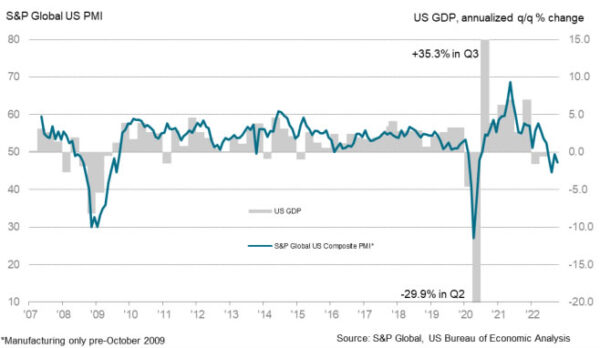
Full release here.




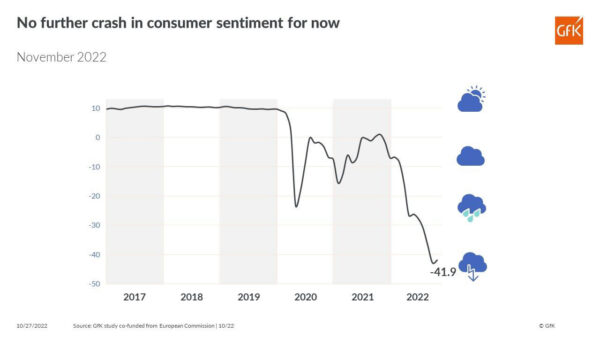
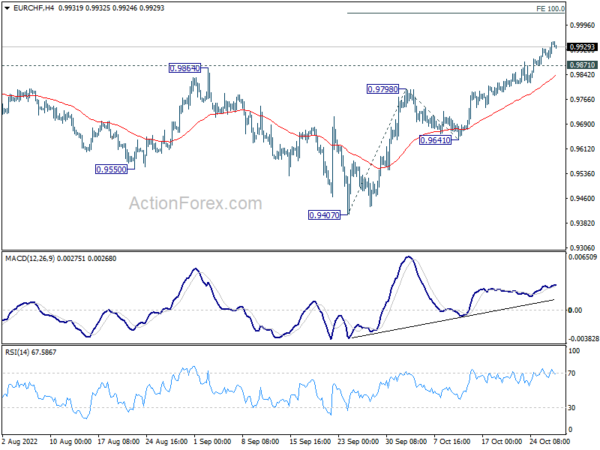
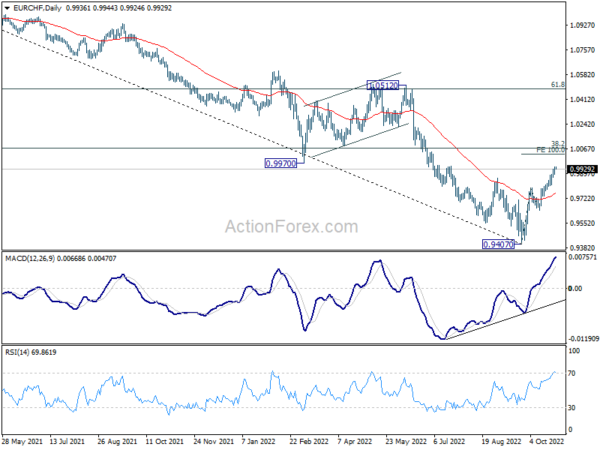
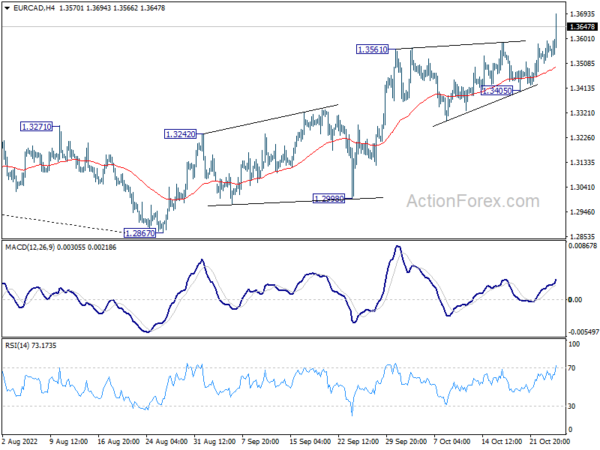
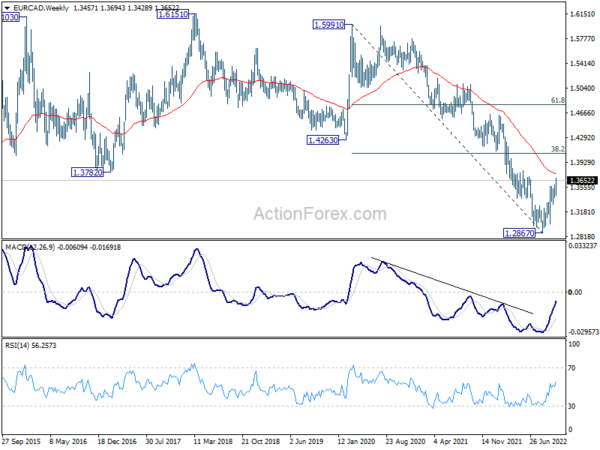

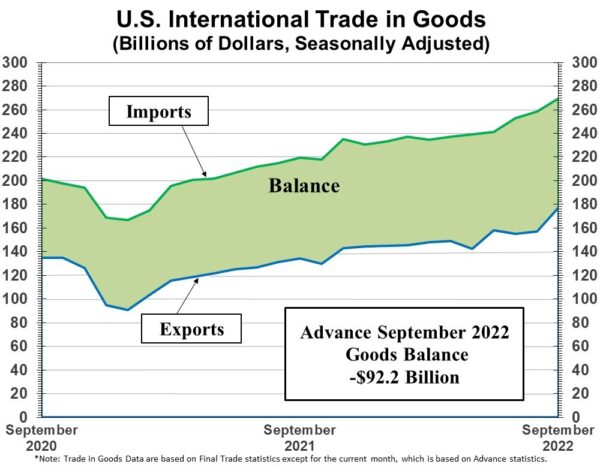
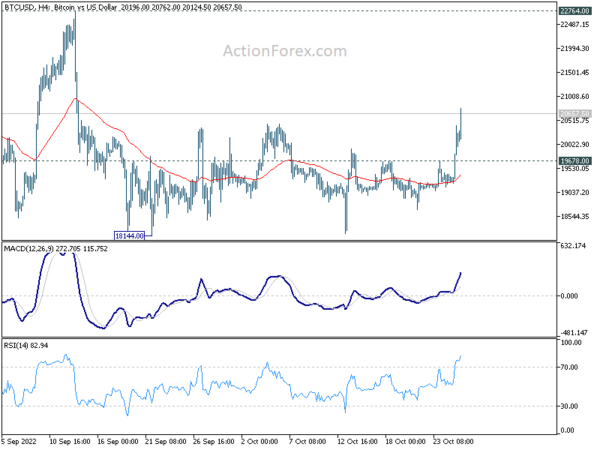
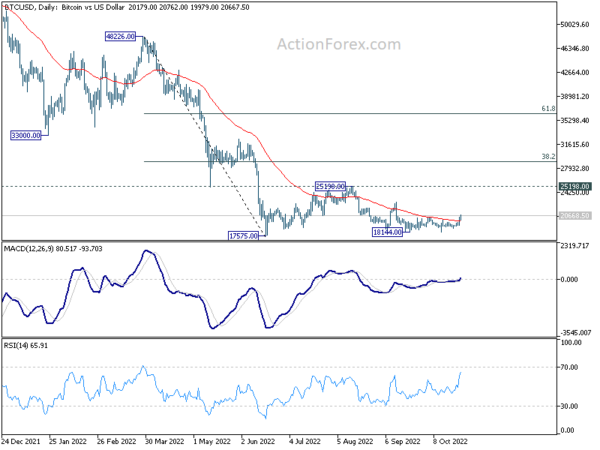
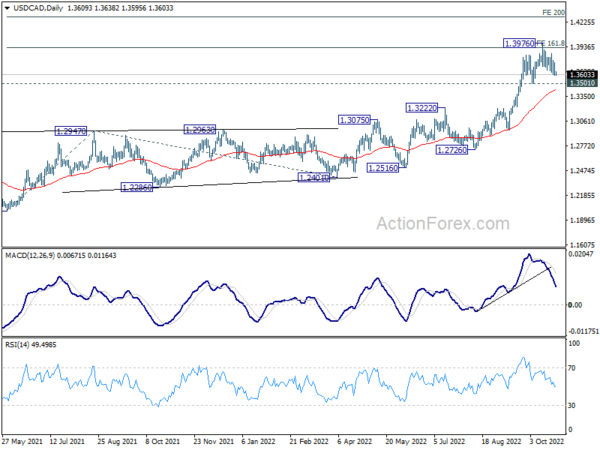
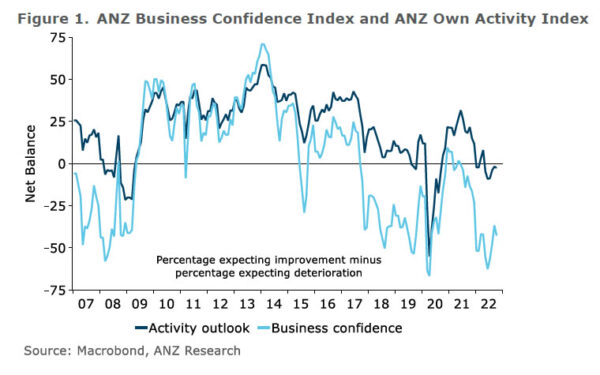
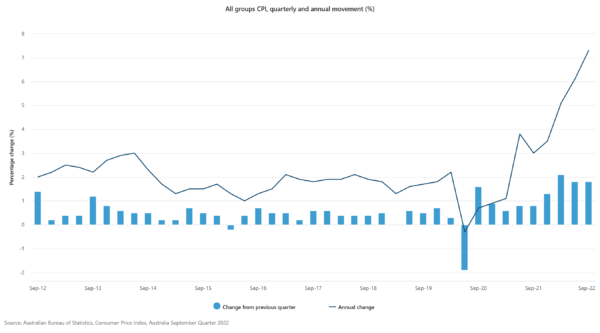
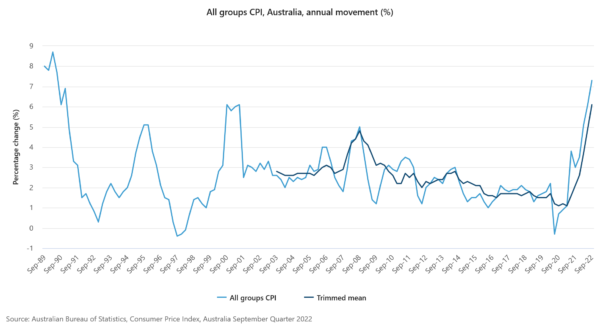
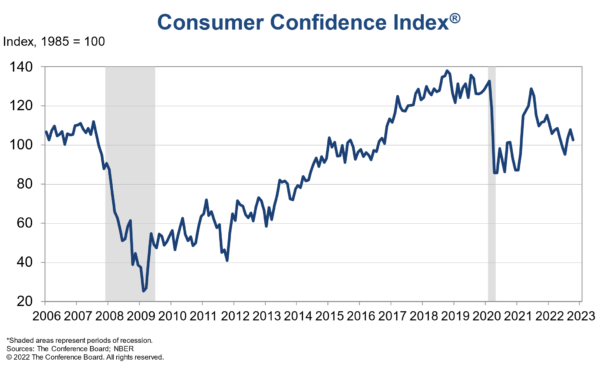
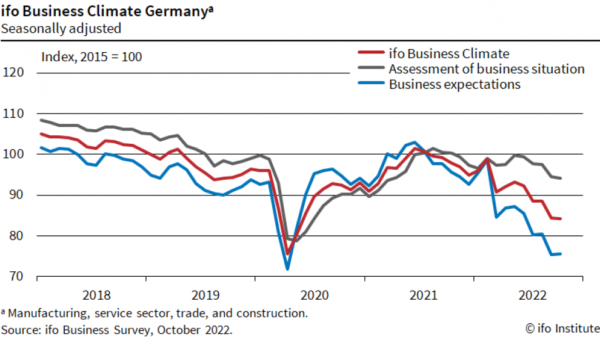
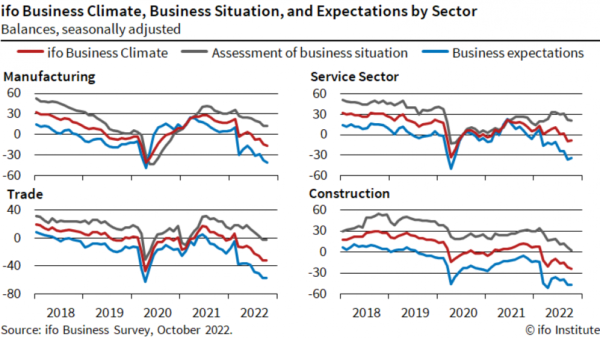
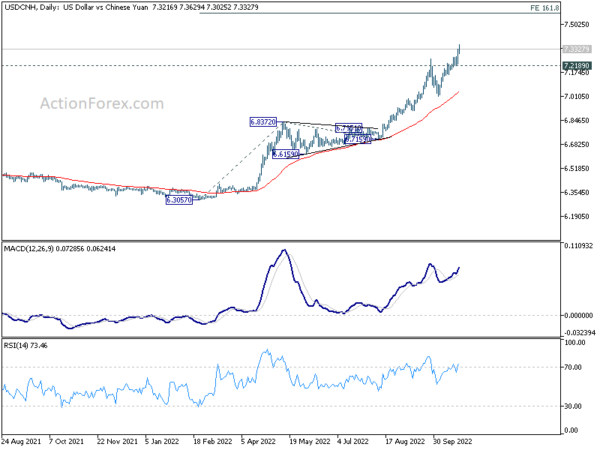
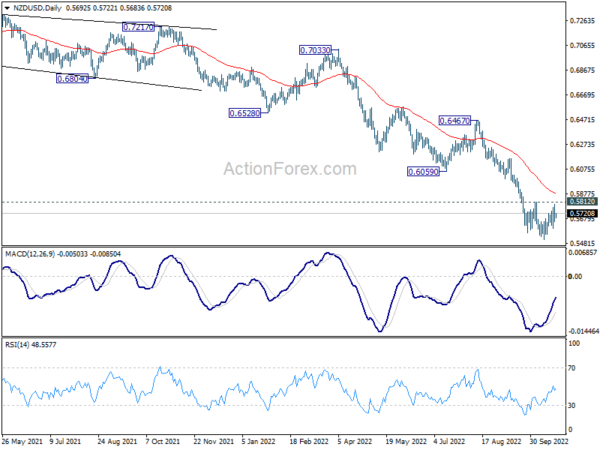

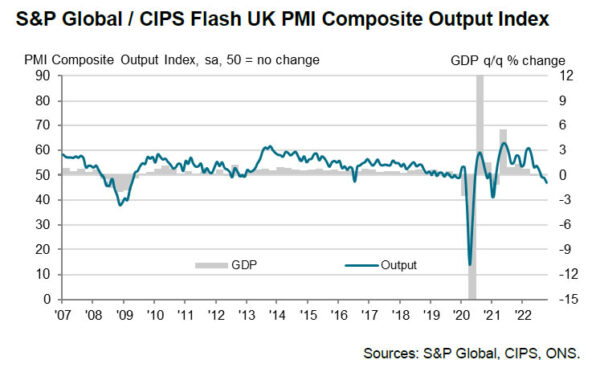
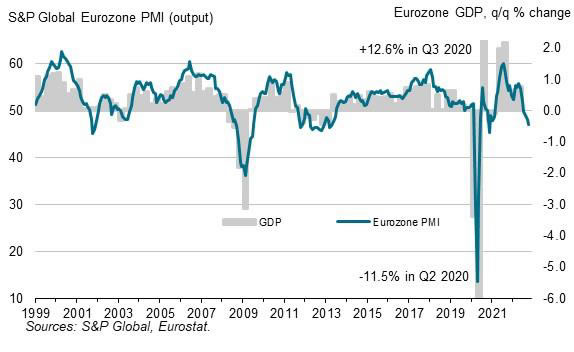

US GDP grew 2.6% annualized in Q3, slightly above expectations
US GDP grew at annualized rate of 2.6% in Q3, above expectation of 2.4%. PCE price index growth slowed from 9.0% to 4.1%, below expectation of 5.4%.
BEA noted that the increase in real GDP reflected increases in exports, consumer spending, nonresidential fixed investment, federal government spending, and state and local government spending, that were partly offset by decreases in residential fixed investment and private inventory investment. Imports, which are a subtraction in the calculation of GDP, decreased.
Full release here.